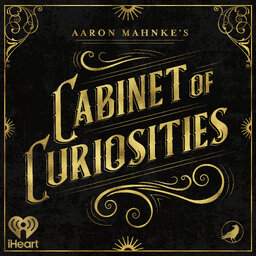Toilet Plunge
It's amazing how many types of stories can delight us. Some have horrible endings, and some fill us with delight. But either way, they pull us in and build us up. Here are some to do just that.
Learn more about your ad-choices at https://www.iheartpodcastnetwork.com
 Aaron Mahnke's Cabinet of Curiosities
Aaron Mahnke's Cabinet of Curiosities


